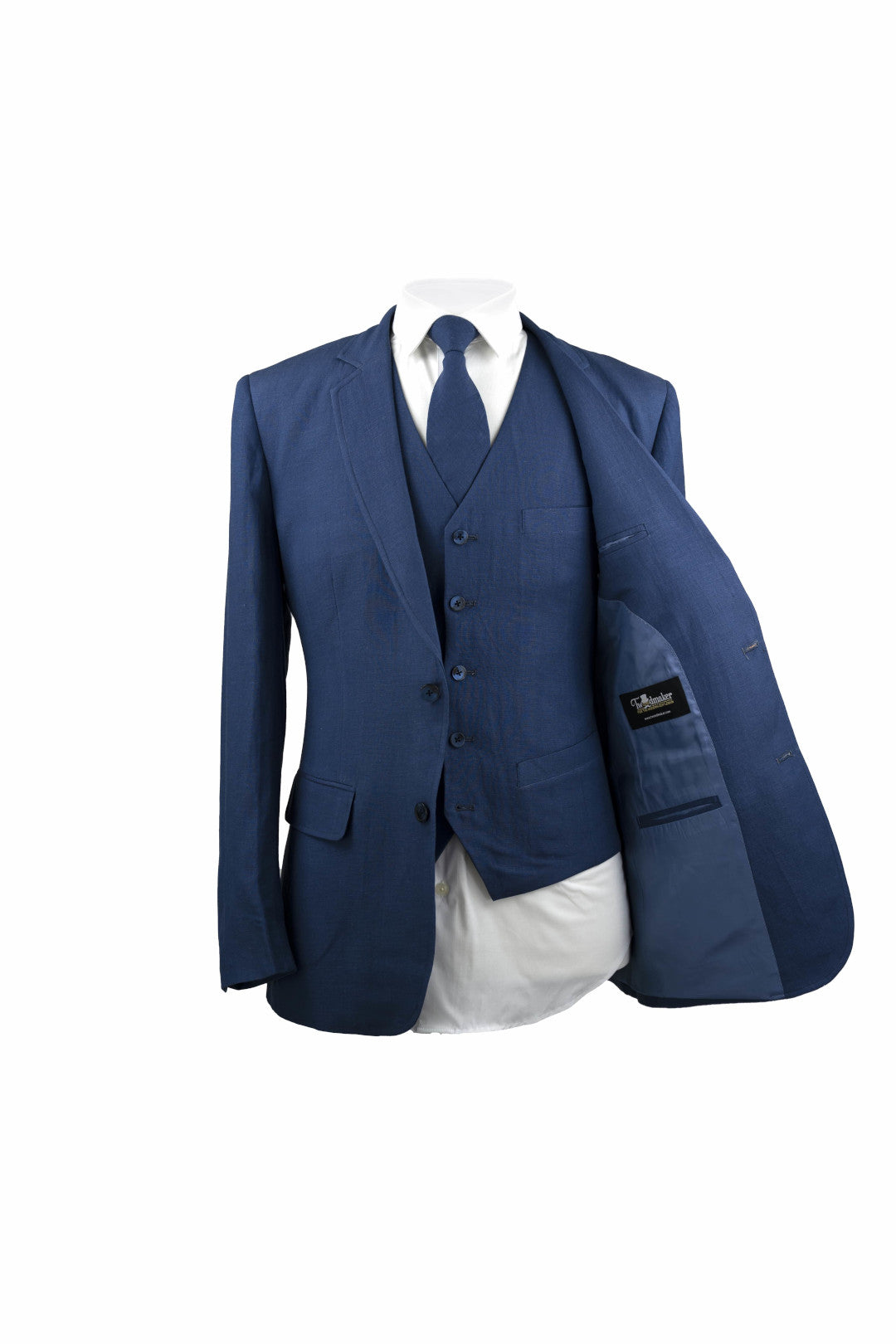If you have at least one linen suit in your wardrobe (or would love to own one) then you need to know a bit more about the history of one of the oldest textiles known to (gentle)men. And that’s exactly what our guide right here is all about.
Let’s unravel the history of linen and discover why it’s still so popular to this day.
Linen’s ancient origins
Linen is a very old textile, dating back to Ancient Egypt and the Roman Empire. Actually, to be more precise, the most ancient scraps of flax linen are thought to be as old as 38,000 years, as they were discovered in prehistoric caves in the Caucasus region.
In Ancient Egypt, flax was used for a range of things, from mummy bandages to daytime clothing, and it was exchanged on the market for other goods of the same value. Flax was so popular thanks to its absorbent and heat-conducting properties, which made it a great textile in the scorching Egyptian heat.
Up until the time of the Roman Empire, flax wasn’t actually called linen. It was the Romans who named it “linum usitatissimum”, which translates to “the most useful flax”. And they were right! The use of linen then became widespread across the Mediterranean and beyond.
Its versatility, comfort, and cooling properties meant that it reached countries such as China, India, Persia, and — hear, hear — even tweed’s motherland, Scotland. And here’s another interesting fact. Did you know that the words “lingerie” and “lining” come from “linen”?
This is because linen was used to craft undergarments to be worn beneath wool clothing in the colder parts of Europe. Talk about versatility, right?
Let’s fast forward to the era of the American colonies. During this time, families used to own a plot of flax that they would look after and use to produce linen every year. Back then, homespun and commercial textiles would be combined to produce clothing for the whole family.
This is very similar to what used to happen for tweed: who knew that these two fabrics had this interesting bit of history in common?
A timeless textile: linen today
The popularity and wide range of use that linen experienced over the centuries were briefly interrupted during both World Wars. However, all this quickly picked up when families that had historically been producing linen for generations returned to their homelands and went back to spinning, weaving, and selling linen garments.
Today, linen is one of the most loved fabrics — and is especially popular for summer clothing. Linen is still praised for its renowned cooling effect, but there’s even more: it’s an incredibly sustainable fabric. At a time when both consumers and corporations should take steps to reduce their environmental footprint, choosing to wear (and produce) linen can be a great way to support this global effort.
Plus, linen is now very trendy, too, thanks to vintage shows and films such as The Great Gatsby and Boardwalk Empire. The comfortable, airy feel that linen provides makes it perfect for summer suits and formal wear.
Have you been invited to a wedding in the middle of August or September? Step into a linen suit and say goodbye to sweat patches, itchy fabrics, and general discomfort.
A linen suit from Tweedmaker is your perfect fairweather attire
Sustainable, fresh, timeless: linen has been one of the best textiles for millennia — and it’s safe to assume that its use and popularity will continue for years to come. For this reason, linen should definitely be a staple in your wardrobe.
Don’t have a linen suit yet? Check out Tweedmaker’s linen collection today.


